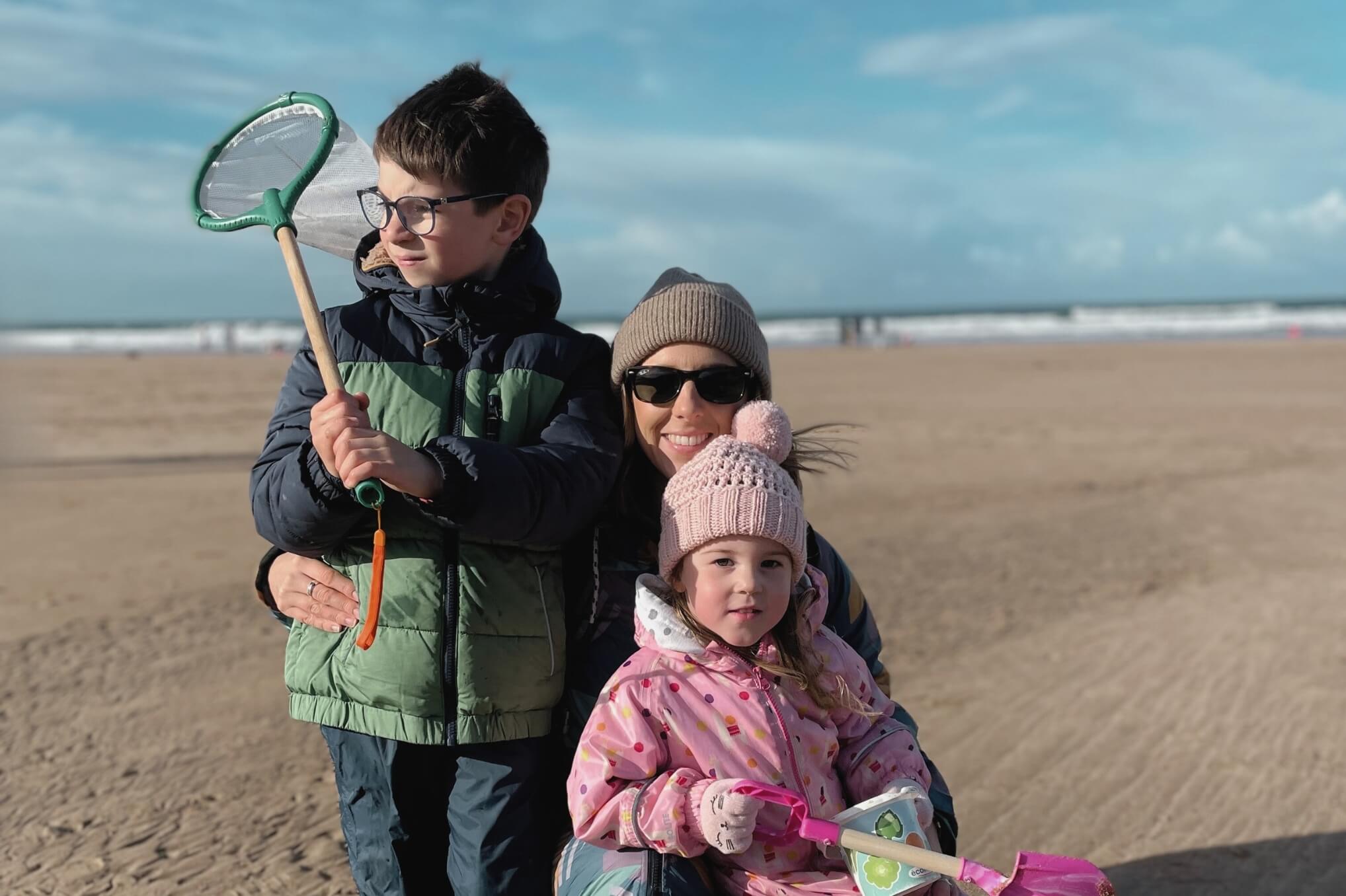Q&A: Navigating the path to employee ownership
I was recently invited to share my experience of Salad becoming employee owned with a team who are looking to start their EO journey. With plenty of interesting questions raised by this aspiring group, it felt like they might not be the only ones with these queries.

While I don’t profess to be an expert in employee ownership, I believe that the insights I’ve gained from our own venture could help others. So in the spirit of collective growth, I wanted to share this Q&A session with you.
How long did the process of becoming employee owned take?
Bella and Andy started exploring the idea of becoming EO in 2019, they did a lot of research before they decided this was a good route for Salad. The idea of becoming EO was then shared with the team in early summer 2020, but we didn’t officially become employee owned until April 2021.
Were there any challenges during the process of becoming employee owned?
Embarking on this journey was a learning curve for me and I admit that I felt quite overwhelmed at the start. But I decided to just ask what some might seem to be ‘silly’ questions and absorb as much information as I could.
It also took some time for everyone to realise what being EO means for them and what their role would be. We soon learned that you have to find what works for you, and not force change for the sake of it. You can’t expect everyone to be engaged and excited about becoming EO from day one.
What are the short-term benefits for employees when becoming employee owned?
Completing the sale of the business can feel like it’s a long time away, but there are definitely benefits before the business is sold. Every company is different, but here are some of the benefits we’ve experienced since becoming EO.
- Becoming a beneficiary 1 year into employment, this is a direct reward for the hard work you’ve put in.
- Receiving a number of beneficiary payments, meaning we get to directly share the success of the business.
- Learning, a chance to think and contribute like an owner, make the most of a new responsibility and understand how the business runs on a new level.
- Being part of the EO world, a truly welcoming community who are happy to support and share advice.
Are there any resources that you would recommend using?
Having an EOA membership has proven to be really useful. The EOA run networking events, webinars, courses and conferences. Harry and I completed the ‘How to be an Effective Employee Director / Employee Trustee’ course, which covered a lot of ground and was extremely insightful and gave me confidence in understanding my role as the employee representative and what EO could mean for us.
We’ve also seen a lot of benefit from using the EO Hub. This allows you to connect with other EO businesses, ask questions and have discussions. The EOA has been a valuable resource for getting advice and engaging with like-minded individuals facing similar circumstances.
How has the decision making process changed since becoming employee owned?
We now have three entities in place, rather than just one board, so there is a new way of communicating and approving decisions. The trust board is there to ensure the decisions are being made in the best interest of the beneficiaries. The Salad board still exists and focuses on the business plan and strategy, as well as operational items. The council also has a responsibility to hold directors to account, be proactive with ideas and suggestions, and think long-term.
How did you decide who was on the trust board?
Our trust board consists of myself (employee representative), Bella (MD and exiting owner), and Paul (independent trustee). Although this can change if we feel necessary.
It made sense for Bella to be on the trust board as she has experience being on the Salad board, knows the business and team extremely well and in the early stages understood EO processes better than anybody else.
Paul had previously worked with a few of the team so wasn’t a complete stranger, but could still offer an external perspective, additionally he has a lot of experience working with various businesses and sitting on boards. He takes his responsibility very seriously, he’s very good at keeping us accountable and making decisions in the interest of the beneficiaries.
I was delighted to be voted as the employee representative. Each member of the team had the opportunity to express their interest in undertaking this role, and then everyone voted for who they felt would be best placed with this responsibility. I believe I was chosen as I have a lot of oversight across the team, I work with everyone regularly and I’m naturally very organised.
How much time does being the employee representative take?
The time commitment fluctuates, early on I found myself immersed in discussions and investing time in grasping the details of the new structure and its legalities. I check in with the team regularly, and ahead of each quarterly trust board meeting I prepare a report.
For me, the new responsibilities don’t affect my day-to-day as much as I thought they might. Although, some larger organisations will have someone whose dedicated role is to be the employee representative. Nevertheless, it’s important to recognise that while an individual is assigned as the rep, the responsibility of thinking like an owner is not just theirs.
What advice do you have to make the process of becoming employee owned as successful as possible?
There are three pieces of advice I would give:
- Don’t put pressure on yourselves to make big changes, it can seem like there are lots of rules and things to get your head around, but it’s important to find what works for you.
- Speak to other employee owned businesses, network, use the EOA, do research and get as much insight as possible. Ask those ‘stupid’ questions.
- Communicate with each other, be honest and open about concerns, ideas and thoughts. Check in on what’s changed, the progress might feel small but it all makes an impact and adds up to big changes over time.
Becoming an employee owned business has been a transformative experience for us, allowing us to experience new challenges and driving us to collaborate more than ever. Each company’s journey is unique, but I hope the lessons learned from ours can provide valuable insights as you navigate the path toward becoming employee owned.
If you’re on a journey to being, have just become employee owned, or just want to know more, head over to our Employee Ownership page, or get in touch for a conversation. We’re happy to help!





